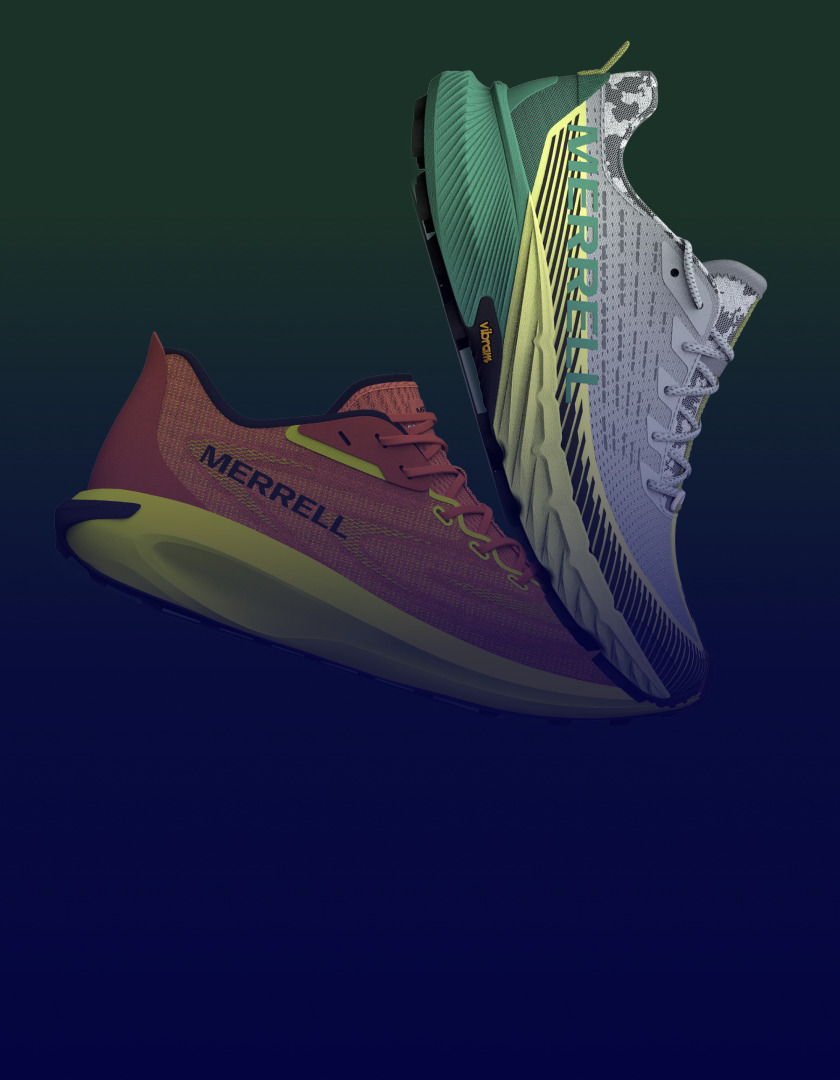How Centric Became the Central Hub
“During the time that we all worked at home, the IT people found ways for us to get into our existing system but boy, was it clunky and slow. We all felt even better about the decision to move forward with PLM.”
Liz Enoch, Technical Design and Production Manager at Westmoor Manufacturing describes the situation at the company during the first lockdown and prior to Centric PLM™.
Mike Kelly, Director, Project Management Office says, “We had already made the decision to implement PLM prior to the pandemic. There was a great need to improve what was a somewhat disjointed product development process.”
The company had been using email, spreadsheets and pdf files in product development and were looking to improve efficiencies, standardize processes, and modernize throughout. Enoch says, “Some of our main business challenges were communication and speed-to-market.”
Today, Centric PLM is the central digital hub for all product development data. It is integrated with Westmoor’s ERP system which is connected to their e-comm platform. They have saved time, boosted efficiency and business execution all while growing the business.
Which PLM?
Founded in 1946, Westmoor Manufacturing began by selling their trademark pearl-snap western shirts. Today, the values of individuality, intelligence and style permeate the company’s successful western apparel brands like Panhandle, Rock & Roll Denim and Powder River. True to their authentic western spirit, Westmoor proudly sponsors a number of rodeo professionals as well as various events.
The company conducted a comprehensive PLM search with an internal cross-functional selection team. “We initially screened a field of eight PLM vendors. We used a detailed RFP and scorecard demo evaluation methodology. We didn’t skimp on any steps; we took our time and each team member had a voice,” says Kelly. The team, in a unanimous decision, ultimately selected Centric Software for the technological capabilities and the fact that the Centric team took the time to understand Westmoor’s needs and goals.
A Smooth-As-Silk Implementation
The implementation went smoothly and was on time and on budget. Lead Designer at Westmoor, Ana Sylvia Legarreta says, “We created instructional videos for our design teams—how to add the colors, how to add the prints. My team got it pretty easily.” Enoch says, “It was interesting—since we had some brands start first, and work in an open office space, excitement spread as different brands started going into Centric. We’d be working and you would hear, ‘Oooh, this is so different,” and ‘it’s so much easier…’ things like that.” Enoch continues, “For tech design and production, it was welcome. We feel it’s a step forward. We can be considerably more efficient and organized maintaining our standards much more easily. We’re fitting and producing—it’s been a pretty stress-free transition for tech and production.”
It was actually somewhat surprising how easily Centric PLM was accepted and embraced by the users. Enoch notes, “I was expecting more blowback with more change management needed.” Legarreta agrees, “Yeah, it doesn’t take that long to learn how to use it. People quickly understood how user-friendly it is. Which we didn’t expect to happen right away.”
The Power of Connection
Centric PLM has improved team collaboration and remote working. “The ability to work from home is revolutionary. You just log in and work,” says Enoch. “Communication, in general, has gotten more efficient, because we’re using some of the tools within Centric to let each other know when something’s ready, or to leave notes. I think we’re using a lot less email.” Legarreta agrees, “Yeah, login and work, and be able to search for a style in a second. That’s the best part: instead of trying to remotely access your computer, and then try to find it in the network and the server. With Centric, it’s another story, much more efficient. Everything’s much faster than before.”
A Minute Saved is a Minute Earned
Visibility into the process has been increased. Determining which styles are ready to go used to require several steps. Legarreta says, “Filtering. I love that part! We just have to check a box whenever anything’s ready to release. So I can just filter which styles are done without having to email the designers and say, ‘hey, are you finished with this?’ I just check the filter and I can tell right away.”
Enoch says, “We can generate any report via filtering, aligned to different views. That’s really a time saver. Our goal is being realized— enter information once, let it go where it needs to go and pull it back out in whatever format you need.”
Legarreta says, “You can pull a lot of stuff to your view, like, care instructions for example. Or you can just drag and copy everything the same. And I can do it in a second instead of opening each one of those tech packs in Excel and making sure that each one has the one thing I want. So it’s just so much faster.”
PLM has cut down on many labor-intensive steps. Enoch says, “There’s a lot less manual creation of spreadsheets and manual design reports. Information you used to do by hand, you don’t need to anymore.”
ERP Integration
Westmoor also recently upgraded their ERP system. Enoch says, “I personally love it that we are integrated with our ERP. We can see sales results, purchase order dates, ship dates—all in Centric. It helps us to prioritize, because in our world, we’re having to constantly shift gears to make sure everything keeps going. So that’s a tremendous help.”
Kelly explains that they used to have one person where a big part of their job was just to re-enter style sheets into ERP. “Now with the integration of ERP, it frees up all the time that it took to do that and eliminates any errors that may have been introduced through redundant data entry. That’s been pretty significant.” He emphasizes, “And the merchandise group that does the costing, says that the costing process has gone from two weeks to about two days by using Centric, which is major, because they, like most people here have a pretty heavy workload. And to get all that time back is a huge plus.”
Westmoor will also start integrating Centric product data into their printed catalogs. They produce two catalogs for each of their four seasons. Kelly says, “Right now, all the information in those catalogs is entered manually by a graphic designer and can take up to a week per catalog. Going forward, Liz will export a file from Centric and our graphic designer will import that data into the catalogs using a plugin for Adobe InDesign. We’ll be able to import that data into the catalogs using a plugin for Adobe InDesign. We’ll be able to import all that data without having to re-enter anything. It will cut the effort from a week to a day. There are often little mistakes in the catalogs that we may not catch during proofing. Those will be mitigated with the elimination of the manual data entry.”
Scaling
The company is growing rapidly. Says Kelly, “We’re introducing more and more styles—I’d venture to say it’s every bit of a 30% increase in styles that has been facilitated by Centric.
We don’t have 30% more people on the design team or the tech team. So we’ve been able to scale without adding 30% more headcount.
Enoch expands on Kelly’s statement, “I can drill down on that a bit. We do a lot of men’s shirts and they’re all similar, but all different in the way that we cut and lay them out. All of that cut information needs to be included in the first tech pack. In the past, it would take my tech designer two to three weeks to complete all of them for one line. But because of Centric and the way we’re able to set up the cut directions, we can pre-establish cut directions at the beginning so it’s more like a salad bar approach when we’re creating the stylesheets. My tech designers’ time has gone from weeks down to a few days to complete those.”
The Shape tool in Centric enables users to use configuration points in order to mass-manage styles. Enoch says, “We’ve been using Shapes a lot. Obviously, with something like men’s shirts, Shapes is very helpful. We needed to update specs, and via the Shapes function, our tech designer was able to update 230 tech packs in five minutes! It would never have been possible before to complete such a major a task in that time frame.”
More to Come
Kelly says, “We’re certainly happy with where we’ve gotten so far. We know that there are still capabilities of Centric PLM that we haven’t had the time to leverage yet. We’ve experienced explosive growth. We have almost 4000 styles in the system already just since July. We’re so busy dealing with the tonnage of our day-to-day work with relatively the same size group. We are looking forward to actively using more features that we feel will make a big difference, in the future.”
New to Centric PLM? Learn more
What is Centric Pricing & Inventory? Learn more
What is Centric Market Intelligence? Learn more
Centric Visual Boards Learn more












